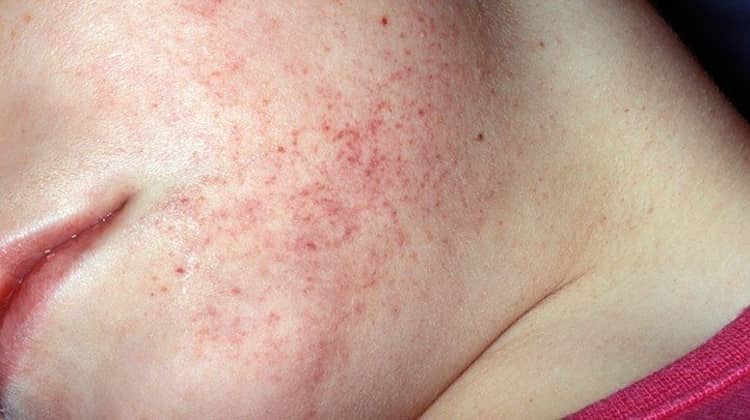Leukemia
Leukemia is cancer of the blood. It’s the most common form of cancer in childhood. The cancer cells grow in the bone marrow and go into the blood. The bone marrow is the soft, spongy center of some bones. It makes blood cells. When a child has leukemia, the bone marrow makes abnormal blood cells that don’t mature. The abnormal cells are usually white blood cells (leukocytes). The bone marrow also makes fewer healthy cells. The abnormal cells reproduce very quickly. They don’t work the same as healthy cells.
Some of the types of leukemia that occur in children include:
- Acute lymphocytic (lymphoblastic) leukemia (ALL). This is the most common type of leukemia in children.
- Acute myelogenous (myeloid, myelocytic, non-lymphocytic) leukemia (AML). This is the second most common type of leukemia in children.
- Hybrid or mixed lineage leukemia. This type is rare. It is a mix of ALL and AML.
- Chronic myelogenous leukemia (CML). This type is also rare in children.
- Chronic lymphocytic leukemia (CLL). This type is extremely rare in children.
- Juvenile myelomonocytic leukemia (JMML). This is a rare type of cancer that doesn’t grow quickly (acute) or slowly (chronic).
What are the symptoms of leukemia in children?
The symptoms depend on many factors. The cancer may be in the bone marrow, blood, and other tissue and organs. These may include the lymph nodes, liver, spleen, thymus, brain, spinal cord, gums, and skin.
Symptoms can occur a bit differently in each child. They can include:
- Pale skin
- Feeling tired, weak, or cold
- Dizziness
- Headaches
- Shortness of breath, trouble breathing
- Frequent or long-term infections
- Fever
- Easy bruising or bleeding, such as nosebleeds or bleeding gums
Who is at risk for childhood leukemia?
The risk factors for childhood leukemia include:
- Exposure to high levels of radiation
- Having certain inherited syndromes, such as Down syndrome and Li-Fraumeni syndrome
- Having an inherited condition that affects the body's immune system
- Having a brother or sister with leukemia
How is leukemia treated in children?
Your child may first need to be treated for low blood counts, bleeding, or infections. Your child may receive:
- Blood transfusion with red blood cells for low blood counts
- Blood transfusion with platelets to help stop bleeding
- Antibiotic medicine to treat any infections
Treatment will depend on the type of leukemia and other factors. Leukemia can be treated with any of the below:
You can help your child manage his or her treatment in many ways. For example:
- Your child may have trouble eating. A dietitian may be able to help.
- Your child may be very tired. He or she will need to balance rest and activity. Encourage your child to get some exercise. This is good for overall health. And it may help to lessen tiredness.
- Get emotional support for your child. Find a counselor or child support group can help.
- Make sure your child attends all follow-up appointments.


